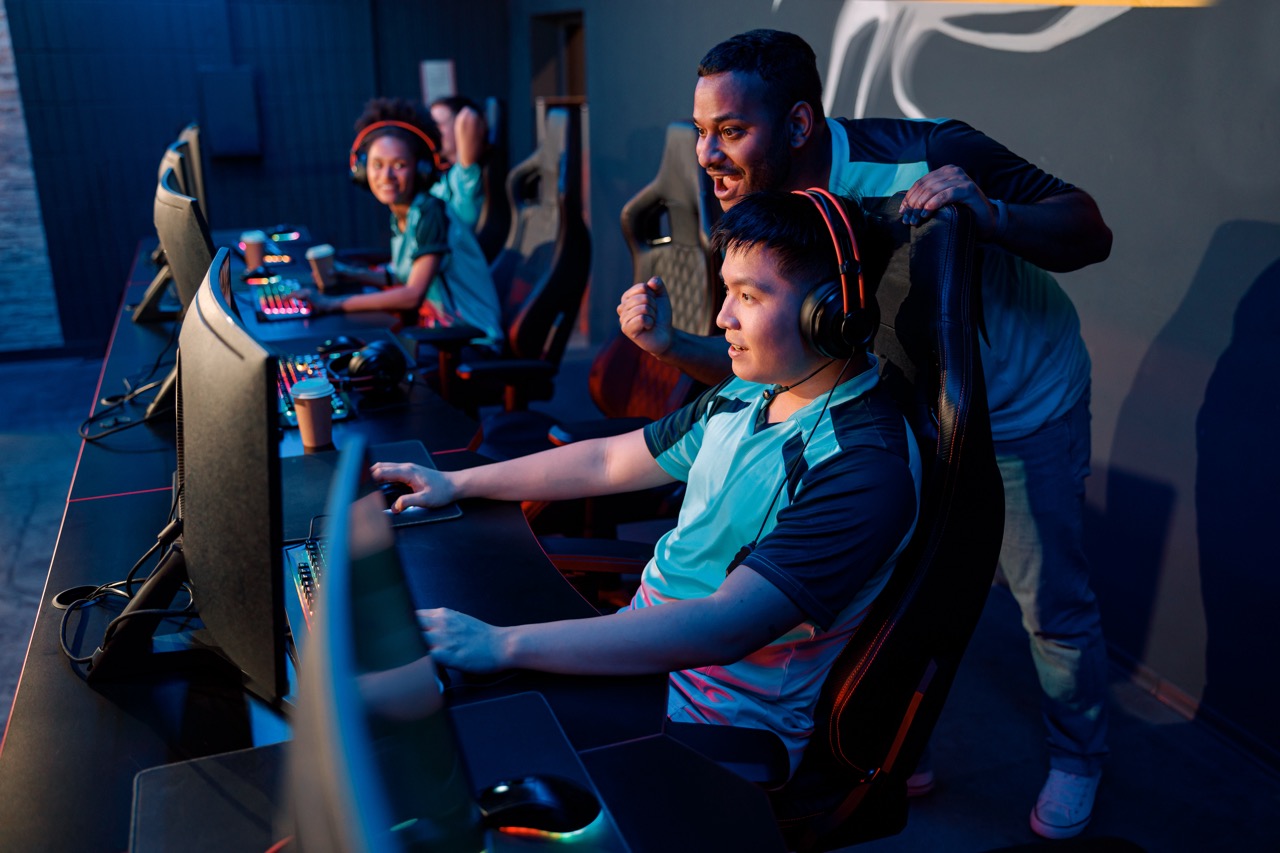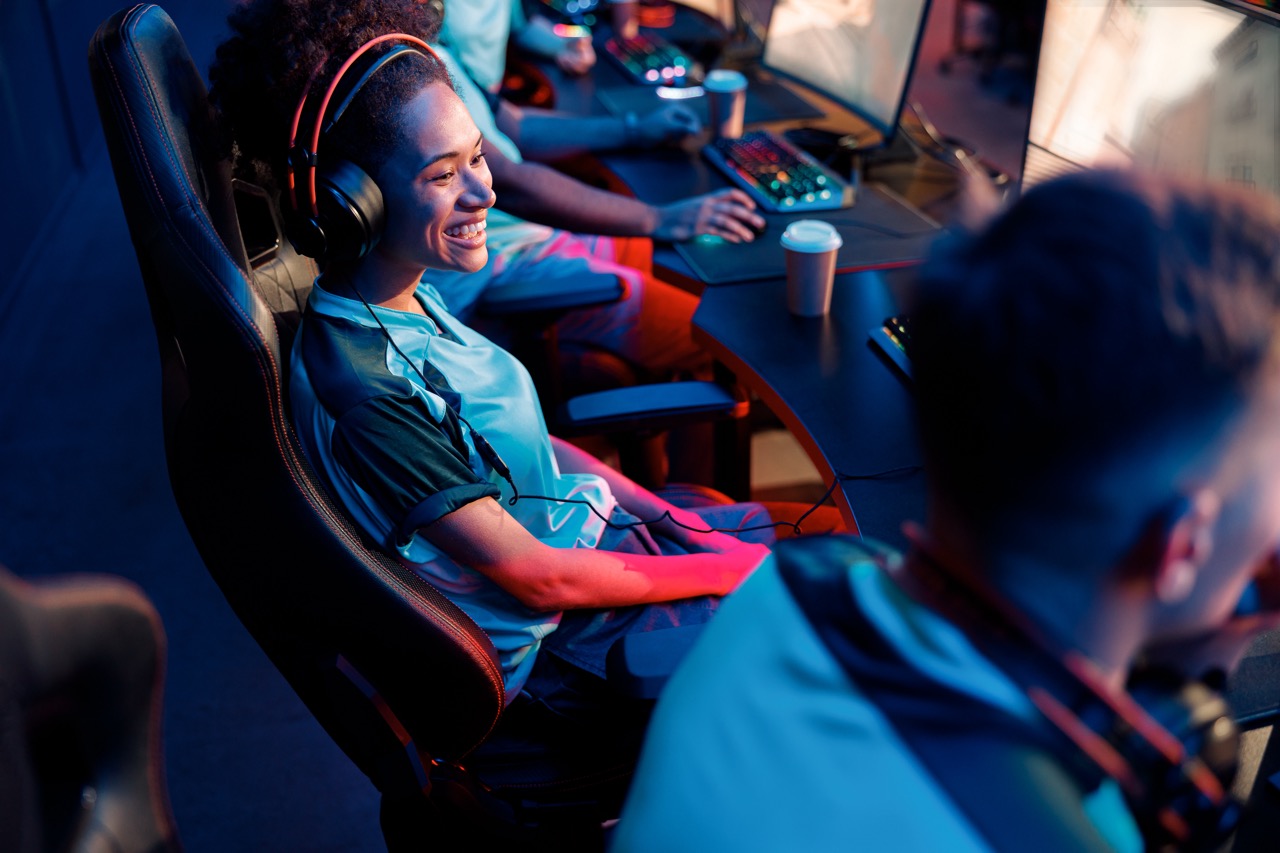In today’s fast-paced world, video games have become a cornerstone of entertainment for millions. With their vibrant graphics, captivating storylines, and immersive experiences, it’s no wonder that many players find themselves lost in the digital realm for hours on end. But what is it about games that make them so addictive? This article will explore the underlying mechanisms of game addiction, the role of rewards, social connections, and more, all while aiming to demystify this phenomenon.
The Science Behind Game Addiction: How It Works
At the core of game addiction lies the brain’s reward system. When we engage in activities that we enjoy, such as playing video games, our brains release dopamine—a neurotransmitter associated with pleasure and reinforcement. This reaction creates a loop of positive reinforcement; every time one completes a level or achieves a goal, the brain gets a dopamine hit, encouraging the behavior. This chemical reaction can make it difficult for players to step away from the screen, as each session reinforces the desire to play more.
Further complicating this is the concept of near misses, a psychological phenomenon where we come close to winning but fall short. Games expertly manipulate this by placing players in scenarios where victory is tantalizingly close, tapping into our frustration and desire to try again. This creates a cycle of engagement, where the effort to achieve success feels worthwhile, even if it takes multiple attempts. Researchers suggest that these near misses can trigger even higher dopamine spikes, making players more likely to return for another go.
Moreover, the unpredictability of game rewards—often referred to as a variable ratio schedule—adds to the addictive nature. In simpler terms, players never know exactly when they’ll receive a reward, which keeps the excitement alive. This uncertainty leads to a state of heightened anticipation and engagement, akin to the thrill of gambling. When players feel like they might "hit the jackpot" with their next play, it can be incredibly difficult to resist the temptation to keep trying.
Lastly, the immersive nature of modern games, equipped with stunning graphics and complex storytelling, heightens the engagement factor. Players find themselves emotionally invested in characters and narratives, creating a deeper connection to the game world. This emotional investment can lead to an overwhelming desire to continue playing, as players want to see how the story unfolds or how their characters develop. The combination of neuroscience, psychology, and storytelling makes video games a powerful medium, capable of holding our attention for hours on end.
The Role of Rewards: Why We Can’t Stop Playing
Rewards in gaming come in many forms—level-ups, achievements, and in-game currencies, to name a few. These rewards serve as benchmarks for progress, providing players with a sense of accomplishment as they navigate through challenges. When a player conquers a difficult level or completes a quest, the satisfaction that follows can be immensely fulfilling. This positive feedback loop not only encourages continued play but also fosters a sense of mastery over the game’s mechanics.
Many games take this rewarding system a step further by implementing daily challenges and time-limited events. These elements create a fear of missing out (FOMO), compelling players to log in regularly to claim their rewards. This tactic not only keeps players engaged but also fosters a routine that intertwines gaming with daily life. Gamers often find themselves compelled to play just to keep up with their peers or to ensure they don’t miss out on exclusive items or experiences.
Additionally, games designed with social features often amplify the reward experience. Competing against friends or strangers adds another layer of excitement and motivation. Leaderboards, rankings, and cooperative gameplay invite players to strive for higher achievements while simultaneously fostering a community. The social aspect not only makes the rewards feel more meaningful but also enhances the overall gaming experience, encouraging players to keep coming back for more.
This reward system can create a fog of euphoria, where the thrill of achieving goals overshadows the potential downsides of excessive gaming. Players may find it hard to recognize when their gaming habits cross the line from enjoyable to compulsive. Balancing these rewards with self-awareness is crucial in understanding the fine line that exists in the gaming world.
Social Connections: Gaming with Friends and Strangers
Online gaming has revolutionized how we connect with others, allowing players to forge friendships and communities across the globe. Gone are the days when gaming was a solitary activity; now, players can team up with friends or meet new people in virtual spaces. This social dimension enhances the gaming experience, making it more engaging and enjoyable. The ability to share experiences with others is a powerful motivator that keeps players coming back.
In many cases, gaming serves as a platform for social interaction, especially during times of isolation. Whether it’s strategizing with teammates in a battle royale or collaborating with friends in a co-op game, these interactions can create a sense of belonging. Players often report that the relationships they build through gaming are just as meaningful as those formed in real life. This emotional connection can be incredibly addictive, as players seek the camaraderie and support of their gaming communities.
Furthermore, games often include social features such as chat systems, forums, and guilds, which facilitate communication and collaboration. These tools allow players to share tips, celebrate achievements, and provide encouragement, further deepening their connections. The social element not only enhances the gaming experience but also provides players with a support network, making it harder to step away from the game. As players invest in these relationships, their commitment to the game grows, leading to increased playtime.
However, it’s essential to recognize that while gaming can offer social connections, it can also lead to negative experiences like toxicity or harassment. Players may find themselves overwhelmed by competition or negative interactions, which can affect their enjoyment of the game. Striking a balance between fostering positive relationships and navigating the challenges of online social dynamics is crucial for maintaining a healthy gaming experience.
Escaping Reality: Games as a Stress Relief Tool
In an increasingly hectic world, video games provide an escape from reality. Many players turn to gaming as a way to unwind and decompress after a long day. The immersive environments and engaging narratives allow players to temporarily forget their worries and dive into fantastical worlds. This form of escapism can be particularly appealing during stressful times, offering a distraction and a sense of control that may be lacking in everyday life.
The act of focusing on a game can serve as a form of mindfulness. Players become absorbed in the challenges and objectives presented by the game, effectively blocking out external stressors. This shift in focus can lead to relaxation and an improved mood, making gaming a popular choice for stress relief. Many gamers report that they feel happier and more centered after an intense gaming session, as it provides an outlet for their emotions.
Moreover, the narratives woven into many games can resonate with players, offering them a chance to explore themes that reflect their own lives. Players may find solace in characters who overcome adversity, allowing them to process their own challenges while feeling inspired. This connection can enhance the therapeutic aspects of gaming, making it not just a pastime but a source of emotional support.
However, it’s crucial to maintain a balanced approach to using games as a stress relief tool. While gaming can be beneficial in moderation, relying on it as the sole means of coping with stress can lead to unhealthy habits. Recognizing when gaming serves as a temporary escape versus when it becomes a way to avoid dealing with real-life issues is essential for mental well-being.
Game Design Secrets: Hooks That Keep Us Coming Back
Game developers are masters at creating captivating experiences that draw players in. One of the secrets behind their success is the implementation of various hooks designed to keep players engaged. From intricate storylines to compelling characters, game designers craft elements that evoke strong emotions and lure players into extended gameplay. These hooks are not mere embellishments; they are carefully calculated strategies aimed at captivating an audience.
A prime example of this is the use of cliffhangers in storytelling. Just like a good TV series, many games leave players on the edge of their seats at the end of a chapter or mission, craving resolution. This tactic creates a sense of urgency and commitment, compelling players to continue their journey. The desire to uncover what happens next can make it nearly impossible to put the controller down, leading to extended gaming sessions.
Another effective design strategy is the gradual increase in difficulty. This approach keeps players engaged by allowing them to experience a sense of mastery as they progress. Initially, games are often designed to be approachable, giving players a taste of success right away. As players become more skilled, the challenges ramp up, encouraging them to improve their skills further. This carefully paced difficulty curve creates a satisfying sense of achievement, motivating players to keep pushing forward.
Additionally, many games incorporate personalization options, allowing players to create unique avatars or customize their gameplay experience. This element of ownership fosters a deeper connection to the game, as players invest time and effort into crafting their ideal character. Personalization doesn’t just enhance the gaming experience; it also creates a sense of attachment, making players more likely to return to the game to show off their creations or continue their journey.
Balancing Fun and Addiction: When Gaming Goes Too Far
While gaming can be a fantastic source of entertainment and connection, it’s essential to recognize when it crosses the line into addiction. Many players find themselves engrossed in their favorite games, to the detriment of their personal relationships, work, or studies. Understanding the signs of gaming addiction is vital for maintaining a healthy balance between enjoyment and overindulgence. Some red flags include neglecting responsibilities, withdrawing from social interactions, and feeling irritable when unable to play.
Setting boundaries around gaming is crucial for ensuring it remains a fun and rewarding experience. Players can implement strategies such as setting specific gameplay times, taking regular breaks, and prioritizing other activities. By creating a structured gaming schedule, players can enjoy the thrill of their favorite games while still engaging in other important aspects of life. Finding that balance is key to preventing gaming from becoming a compulsive behavior.
Moreover, fostering open discussions about gaming habits with friends or family can help players maintain accountability. Encouraging one another to engage in diverse activities outside of gaming can promote a more










